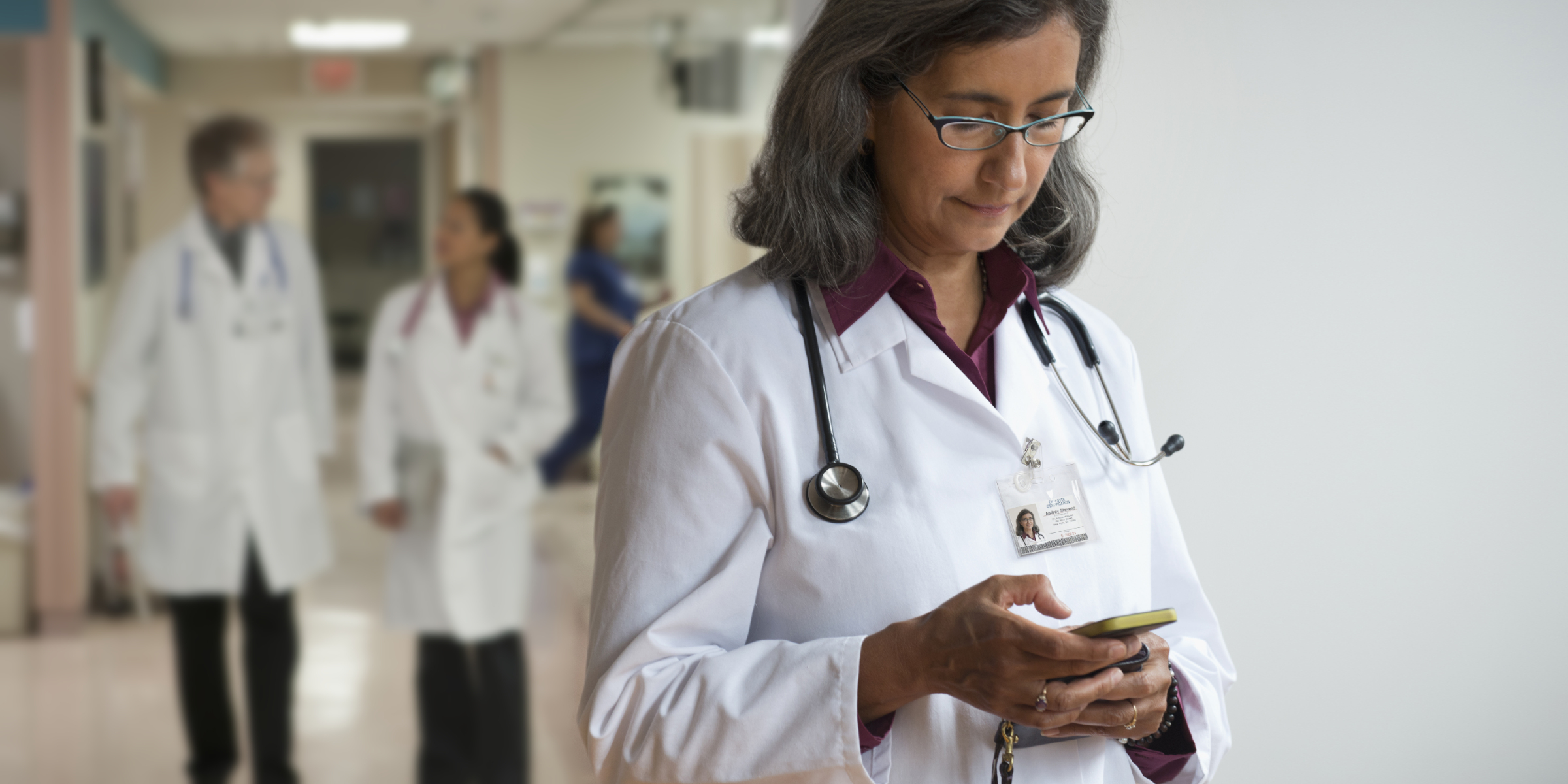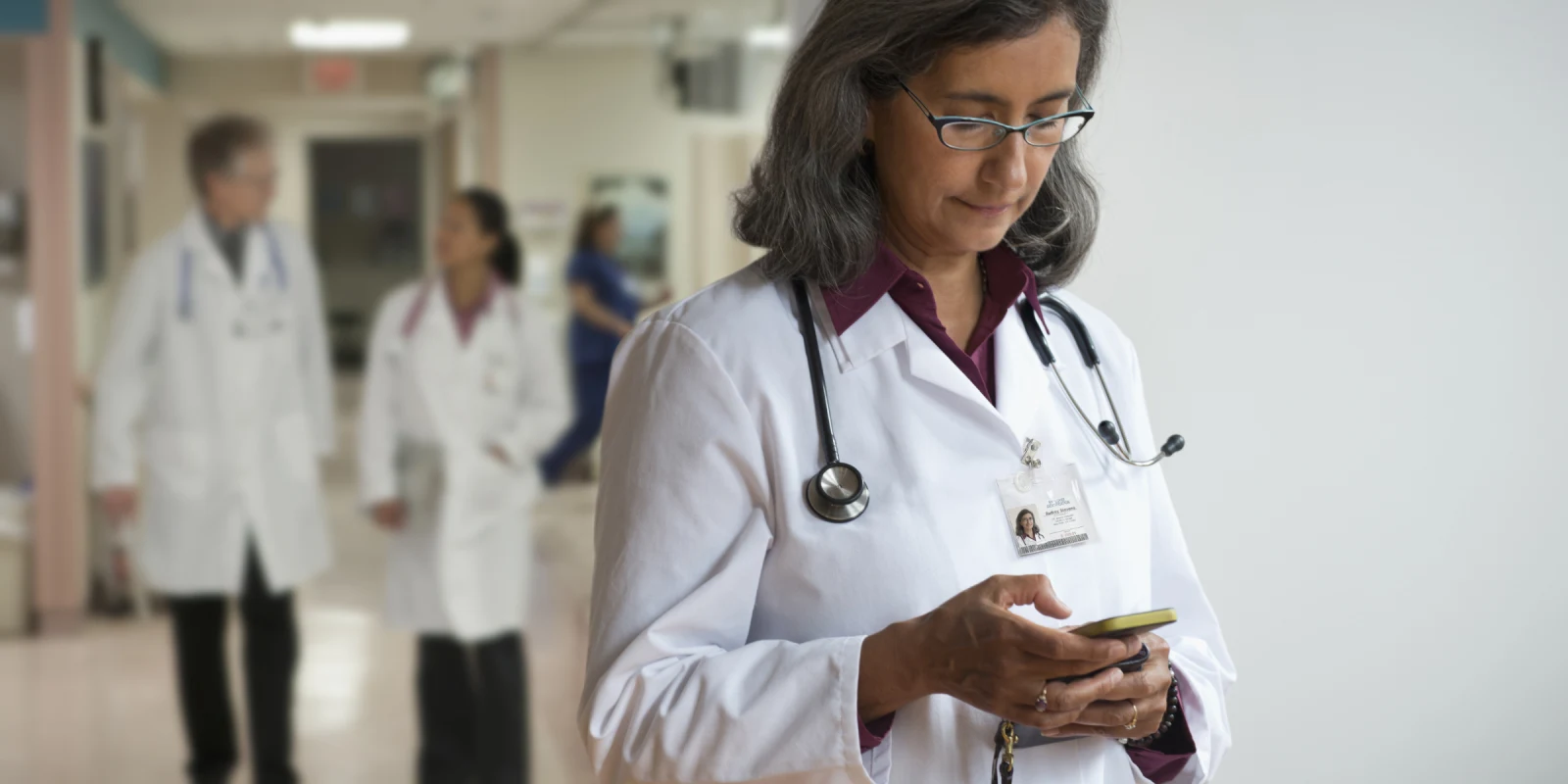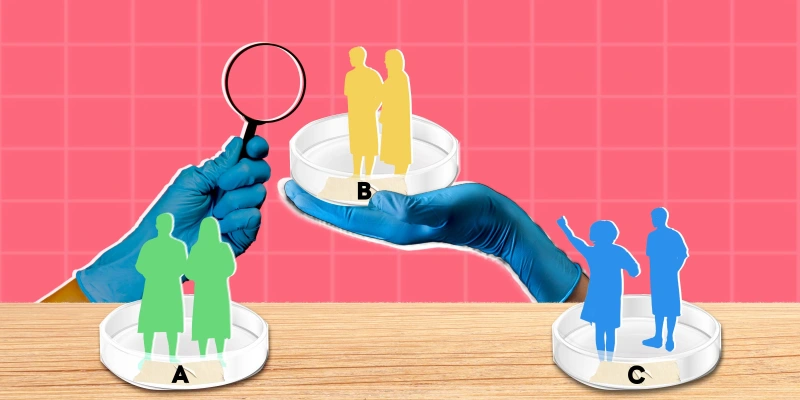
I vividly recall the first time a patient’s family member captured my personal cell phone number. Early in my intern year, I was working nights covering inpatients on a general medicine floor. Sometime after 11 p.m., my phone rang and I answered immediately, assuming it was one of the consults I had ordered. However, the woman on the line identified herself as the wife of a patient currently under my care. She was looking for explanations about decisions from the day team. Bewildered by the unexpected encounter, I asked how she found my number. Evidently, a new nurse on the floor had given her my contact information. Both the nurse and I (at that point, barely out of med school) had yet to realize what patients will use “the doctor’s number” for — or how often.
The lesson of limiting my exposure is one I learned quickly. Though I came to closely guard my contact information, invariably a patient or family member would catch it, usually because of a situation where I could not avoid calling them from my cell phone. My number would then be gleaned from their Caller ID and I would start to receive “looking for updates” calls throughout the day (or night). Though I understand the anxiety which comes from needing medical care, my “blocked caller” list is populated with people who have managed to obtain my personal information. Staying focused while managing dozens of patients becomes difficult when fielding numerous calls to your personal device, and losing focus puts your patients — and practice — at risk.
This problem seemed to amplify when I began my residency in radiation oncology. Given that radiation oncology lacks the urgent nature of something like trauma surgery, our physicians will frequently be “on-call” continuously for a 7-day period and take call duties from home. Additionally, many practices have multiple satellite facilities stretched across a large geographic footprint. When normal business hours end, it is common for a single physician to cover calls and consults from all these sites. While on hospital grounds, it’s easy to reach for a department phone and use the hospital number.
However, when the pager goes off at 3 a.m. and you’re in your own bed, how can you protect your personal information and maintain a high level of patient care? Enter Doximity and their free app which was introduced to me by my colleagues. A feature in the Doximity app called Dialer allows you to call patients or their family members using your personal phone, but the recipient’s Caller ID will display your office/hospital number.
Within Dialer, you can program and save innumerable phone numbers. This feature has allowed me to program not only the main campus’ number but also every satellite facility I also cover. As such, there’s a significantly lower likelihood of a patient ignoring my call if I appear to be dialing “from” their local office.
This was particularly useful one Sunday morning when I received a page from a patient receiving treatment for a metastatic lesion on his back. It had burst open in the night, causing his spouse to wake up to blood-soaked sheets. He lived an hour east of where I was located, and while I was arranging his evaluation in a local ED, I received another page from a patient who lived an hour west of my location. I was able to seamlessly switch between each case by using their local satellite’s number on my phone, efficiently providing care without compromising my personal information.
I now find myself using the Doximity app to make calls even if I’m in the clinic and near a department phone. It’s just so much easier to use my cell phone to make a quick call from a quiet (and HIPAA-compliant) location rather than a crowded and noisy dictation room or nurse’s station (using a landline handled by hundreds of patients and staff — always a risky choice during the flu season). For several years now I have been telling as many of my colleagues as possible about the app and strongly recommending its use. There are few “must-have” apps for clinical practice, and the Doximity app is easily among the best, and one of the few I use almost daily.







